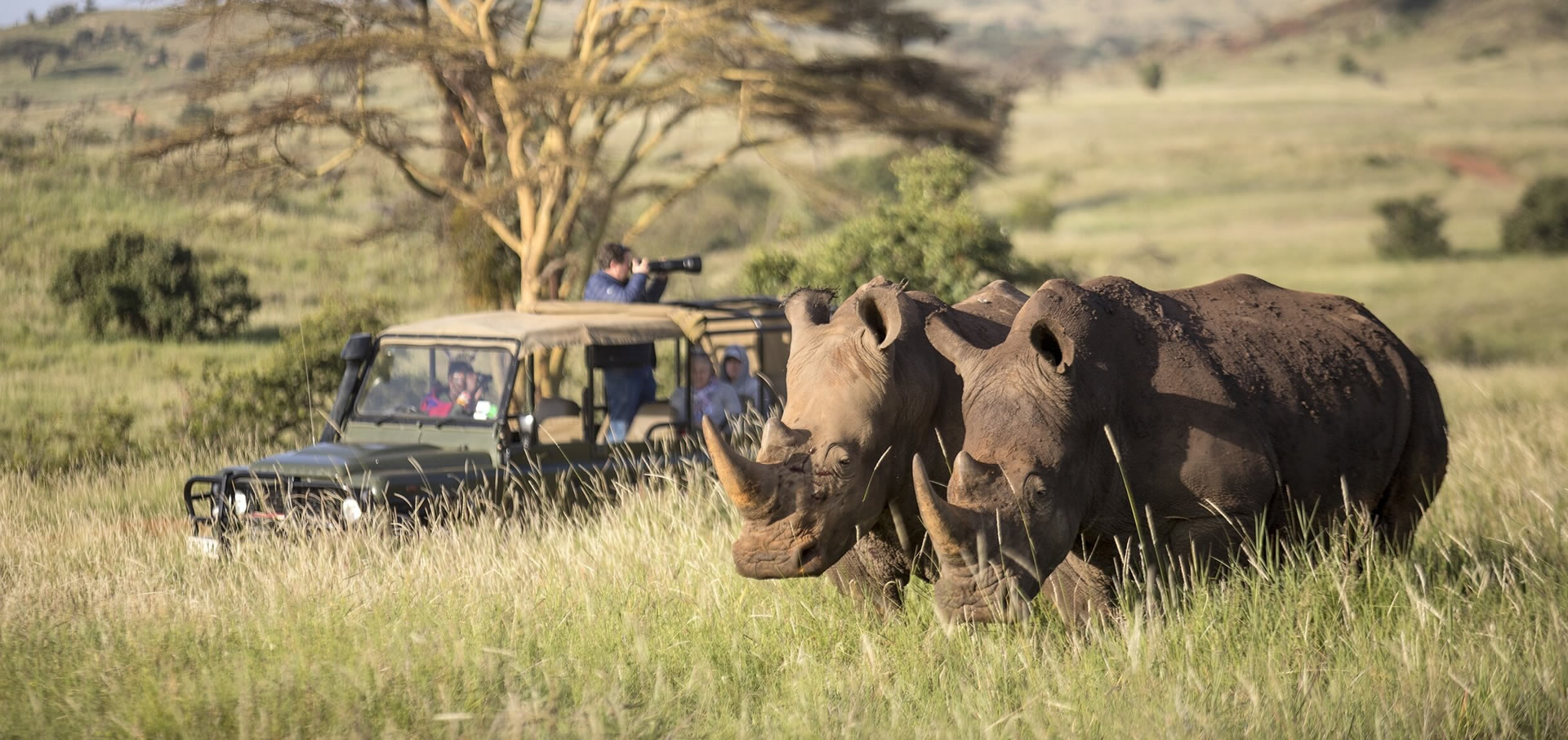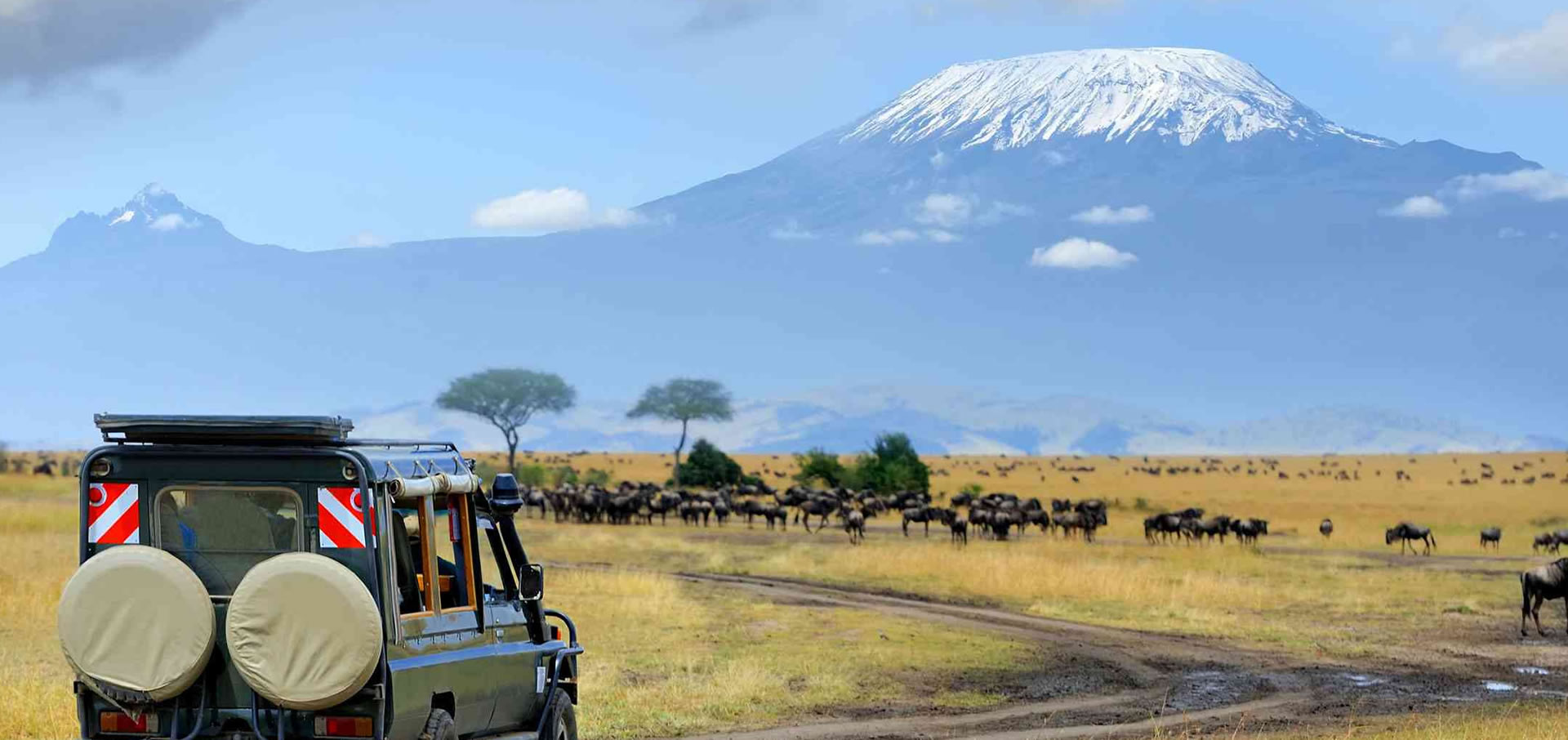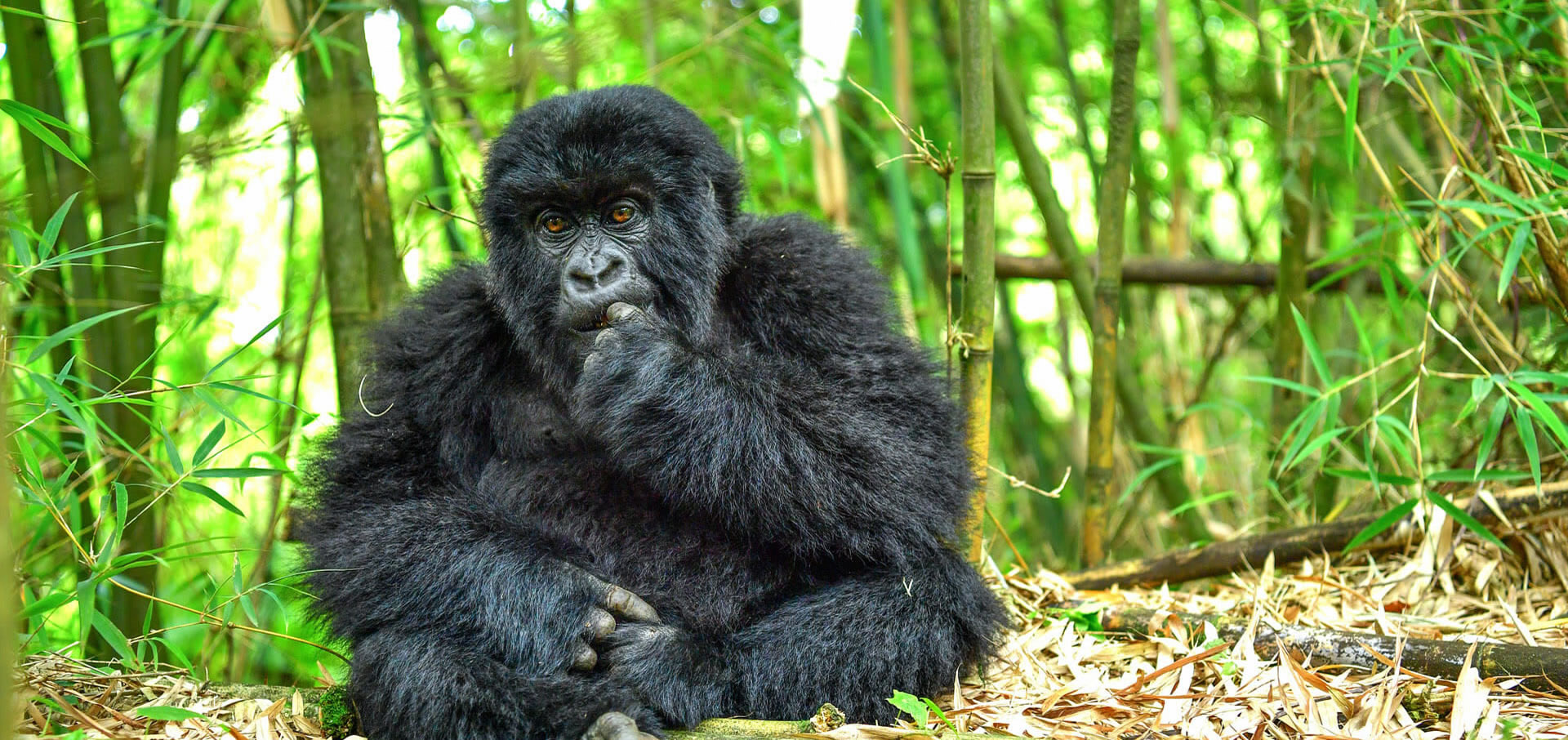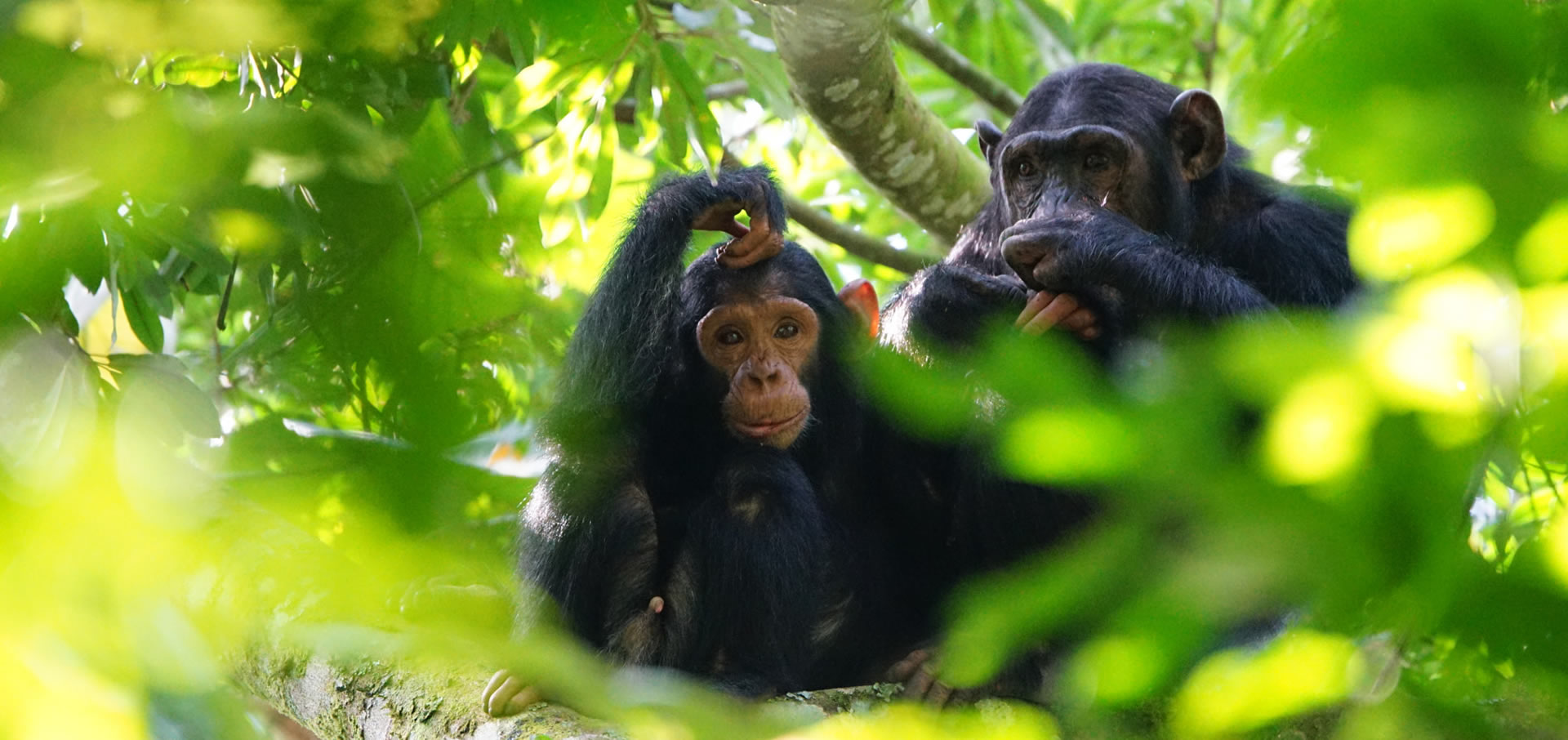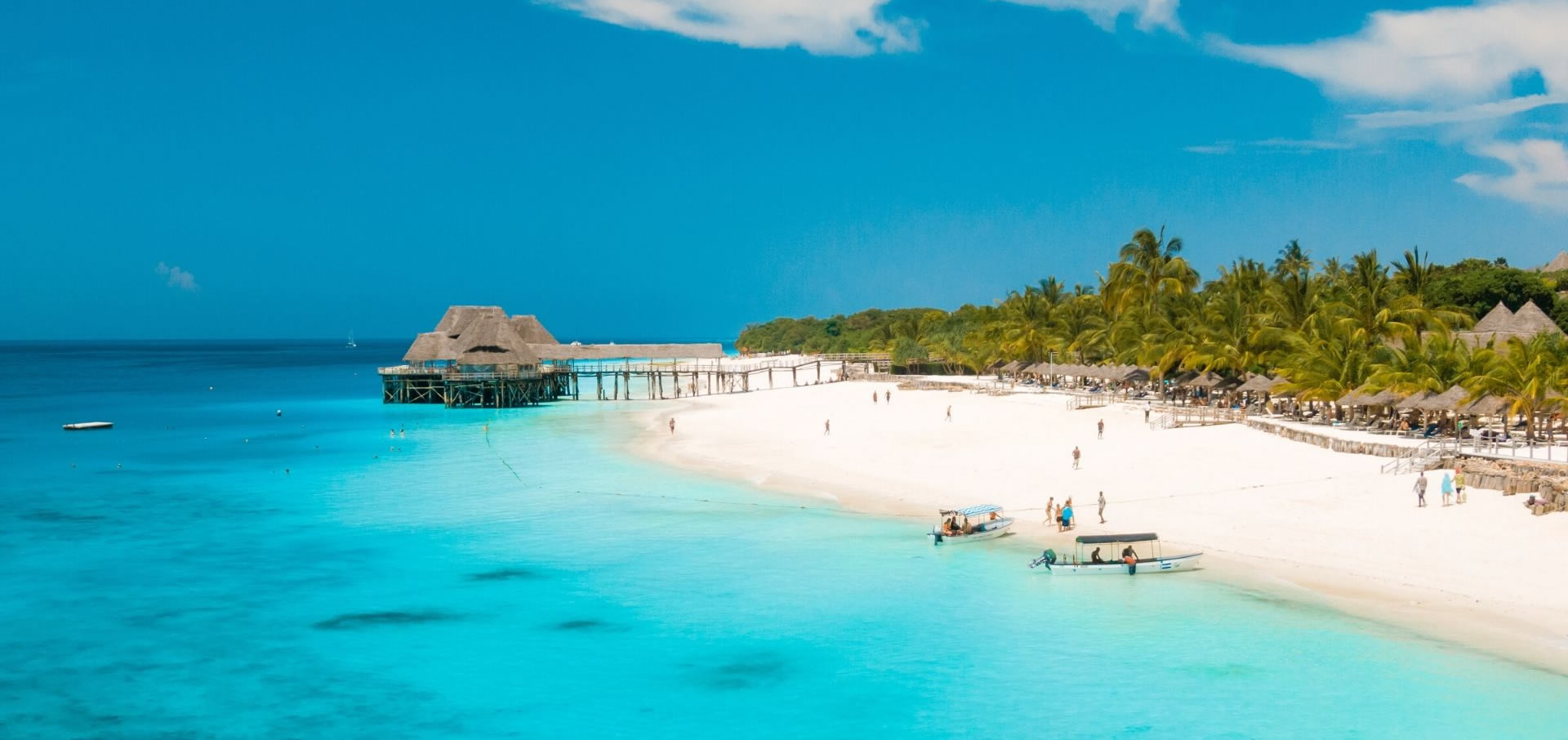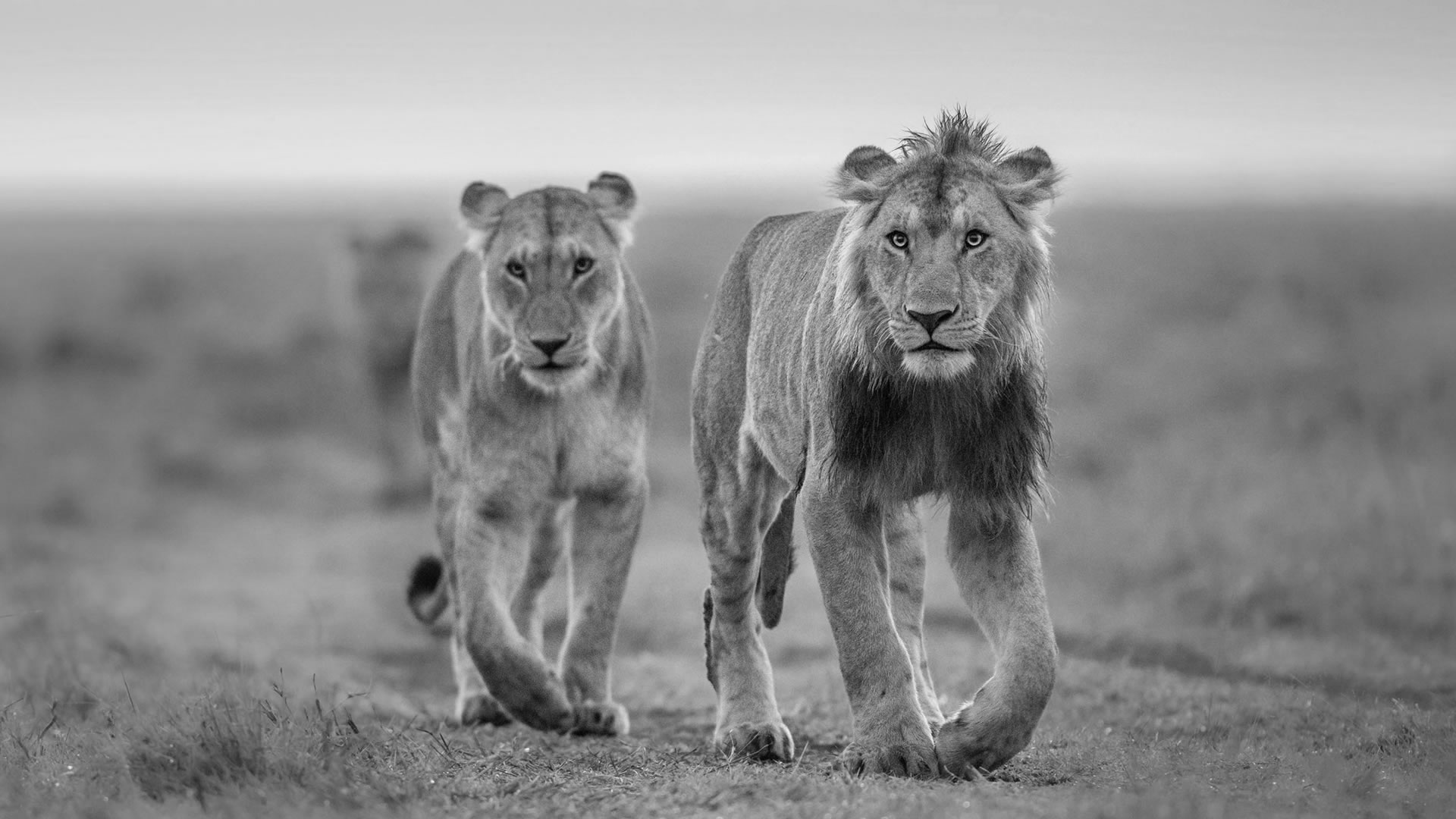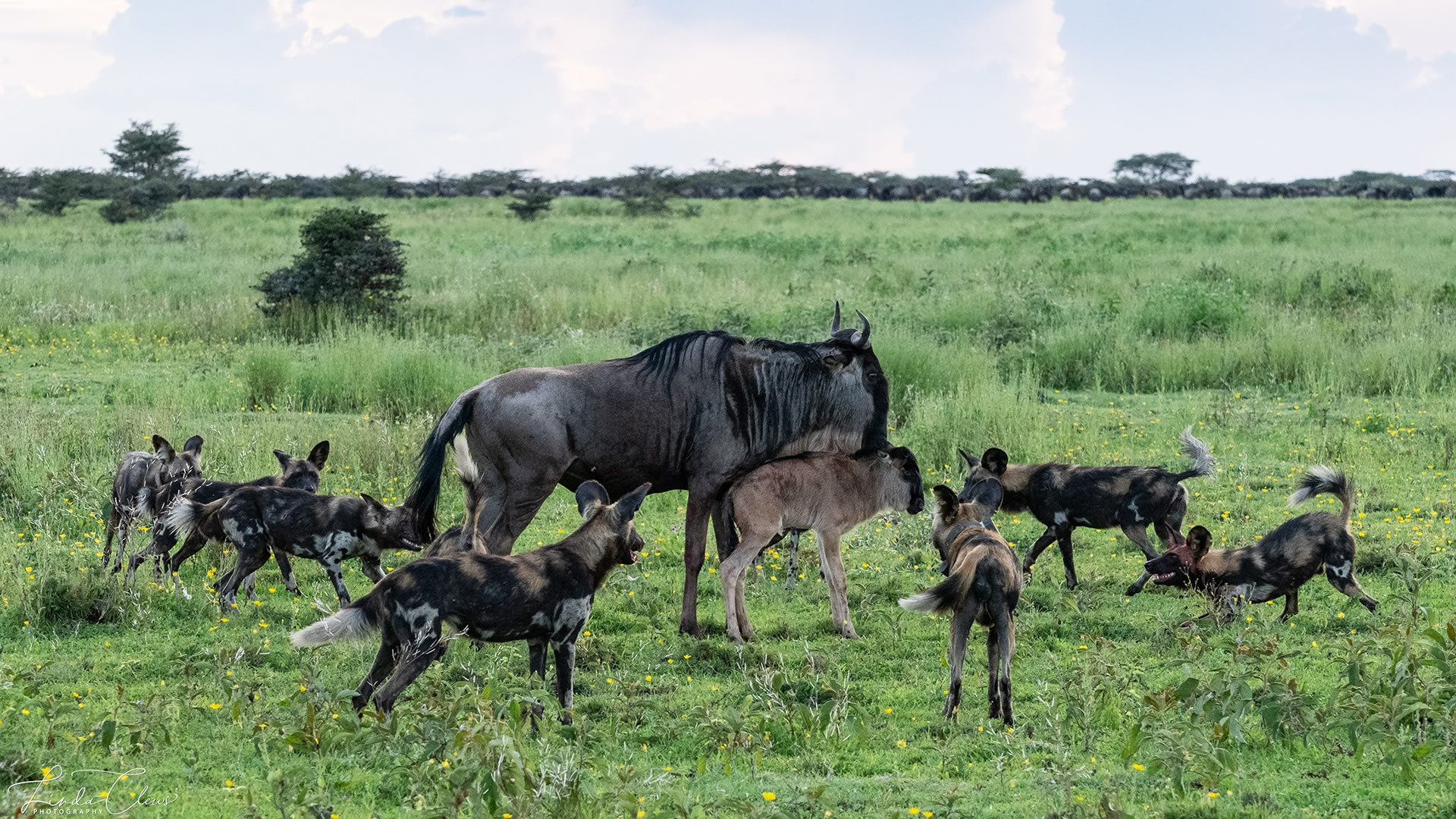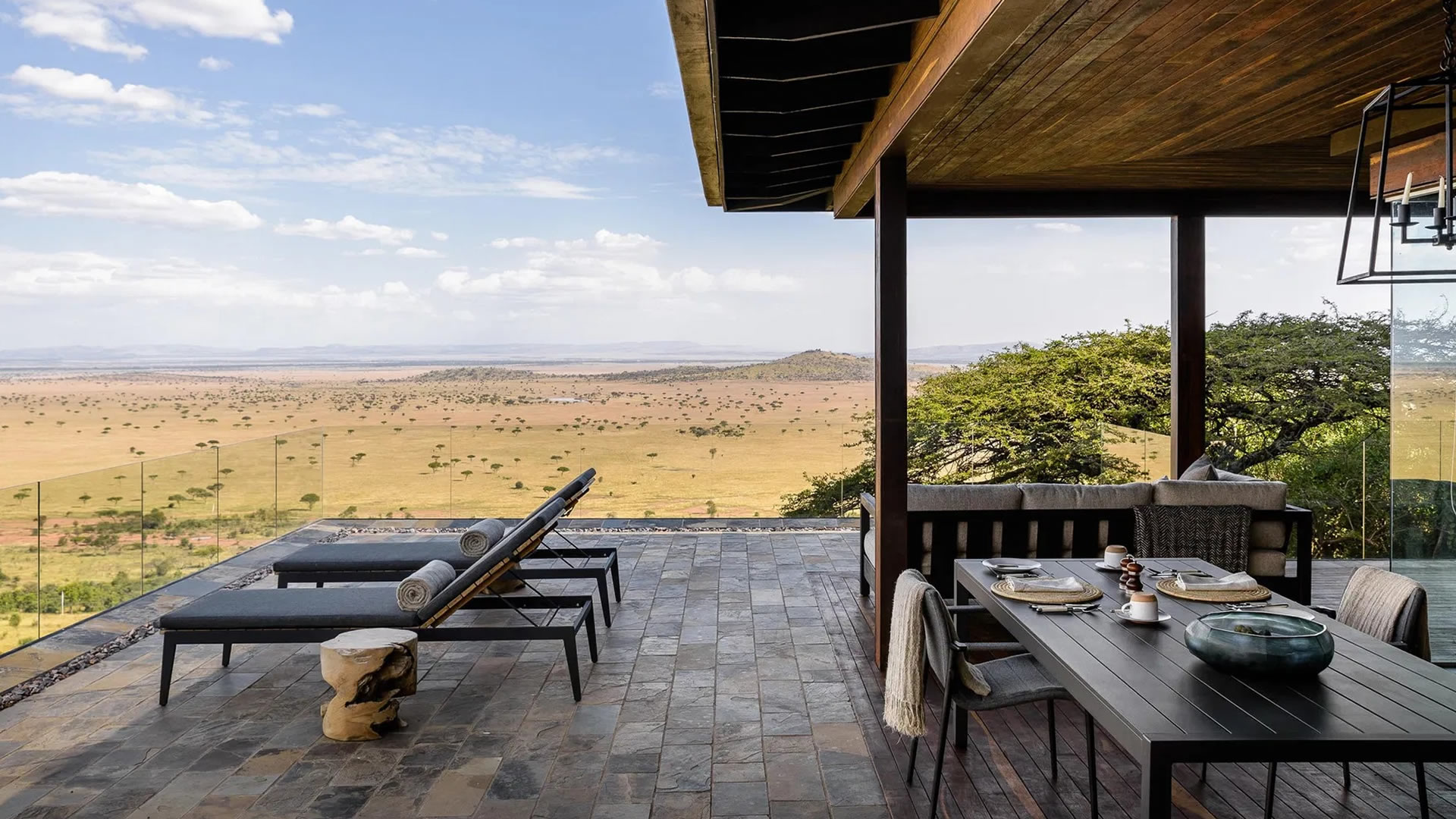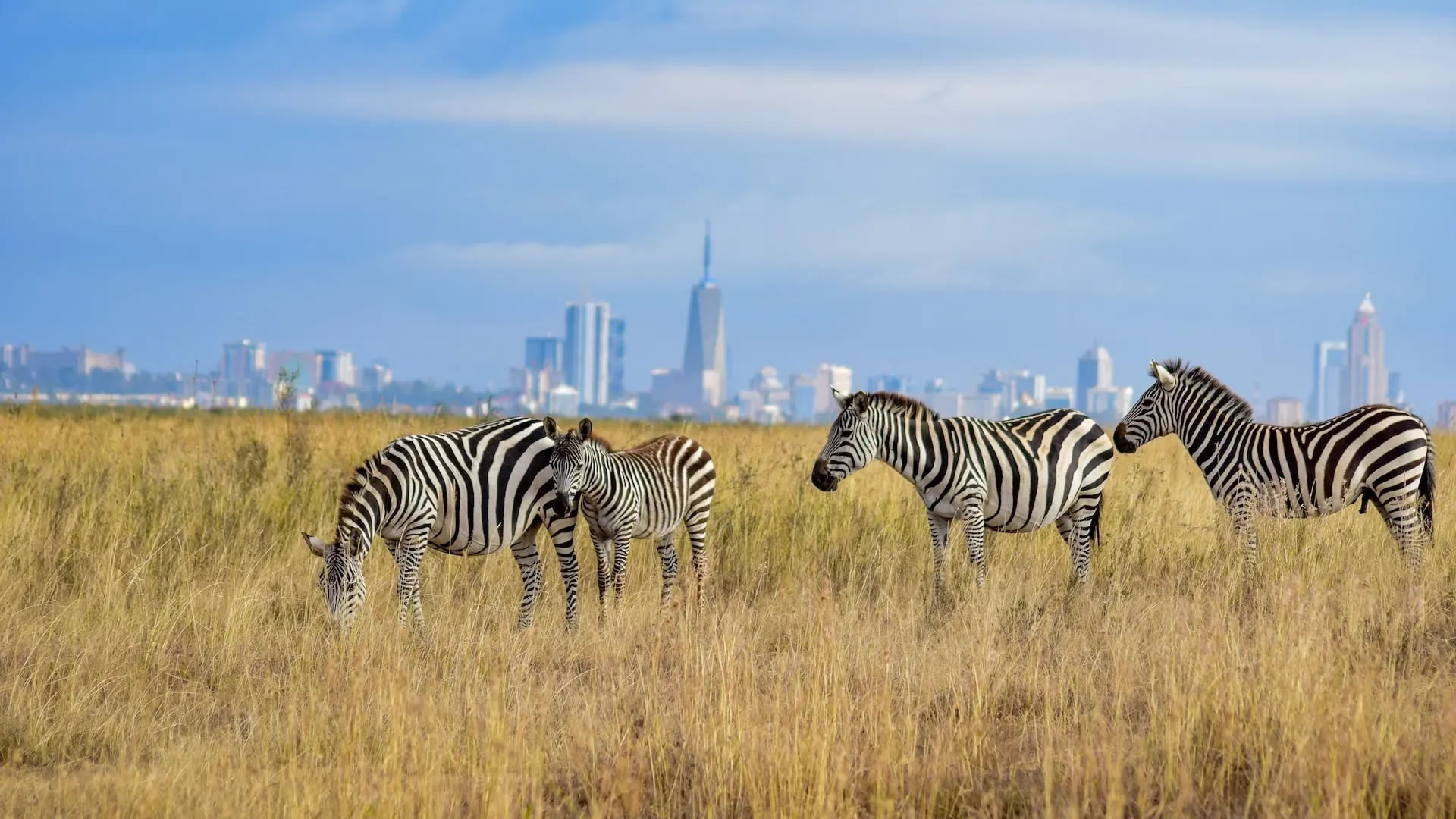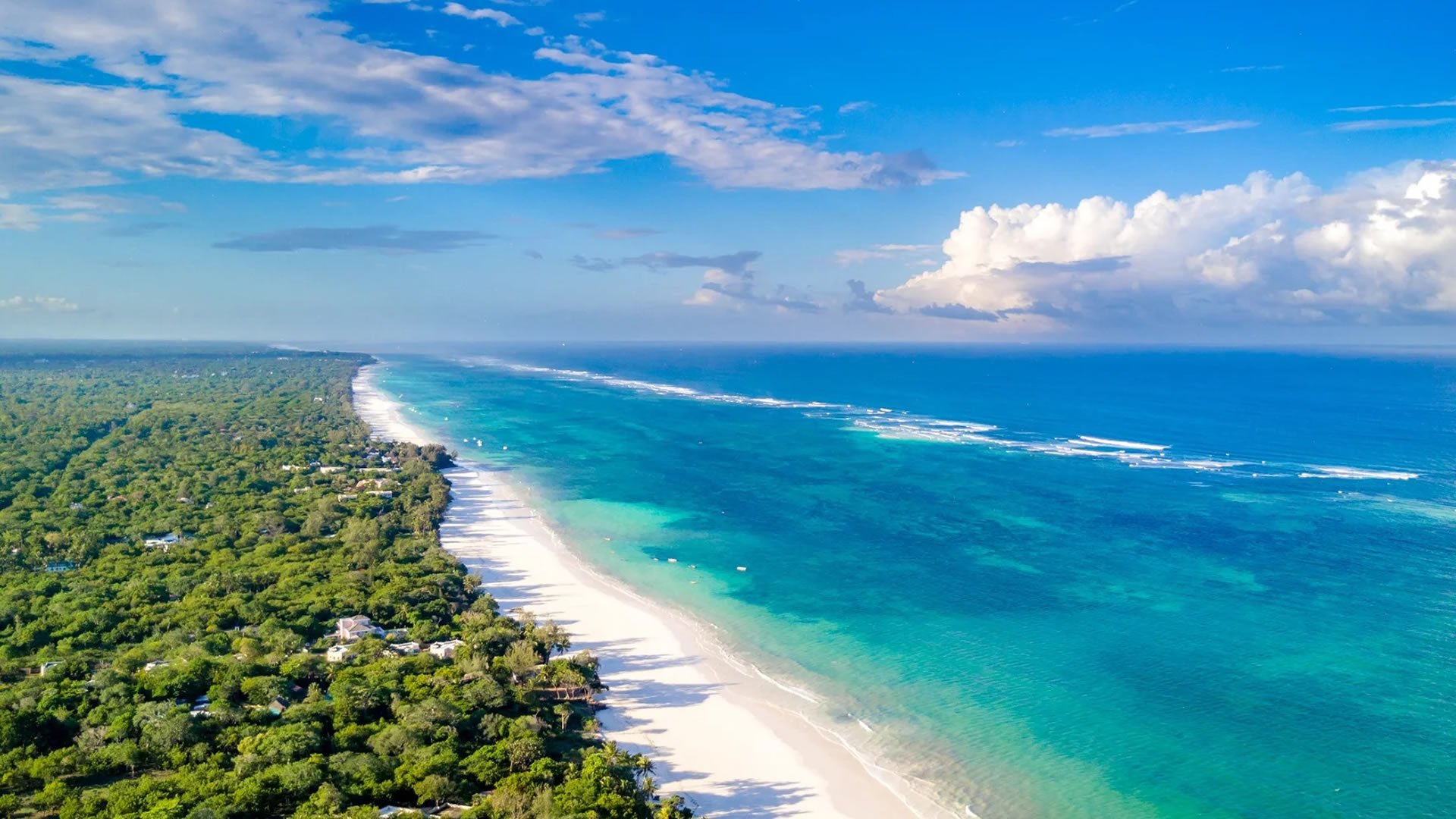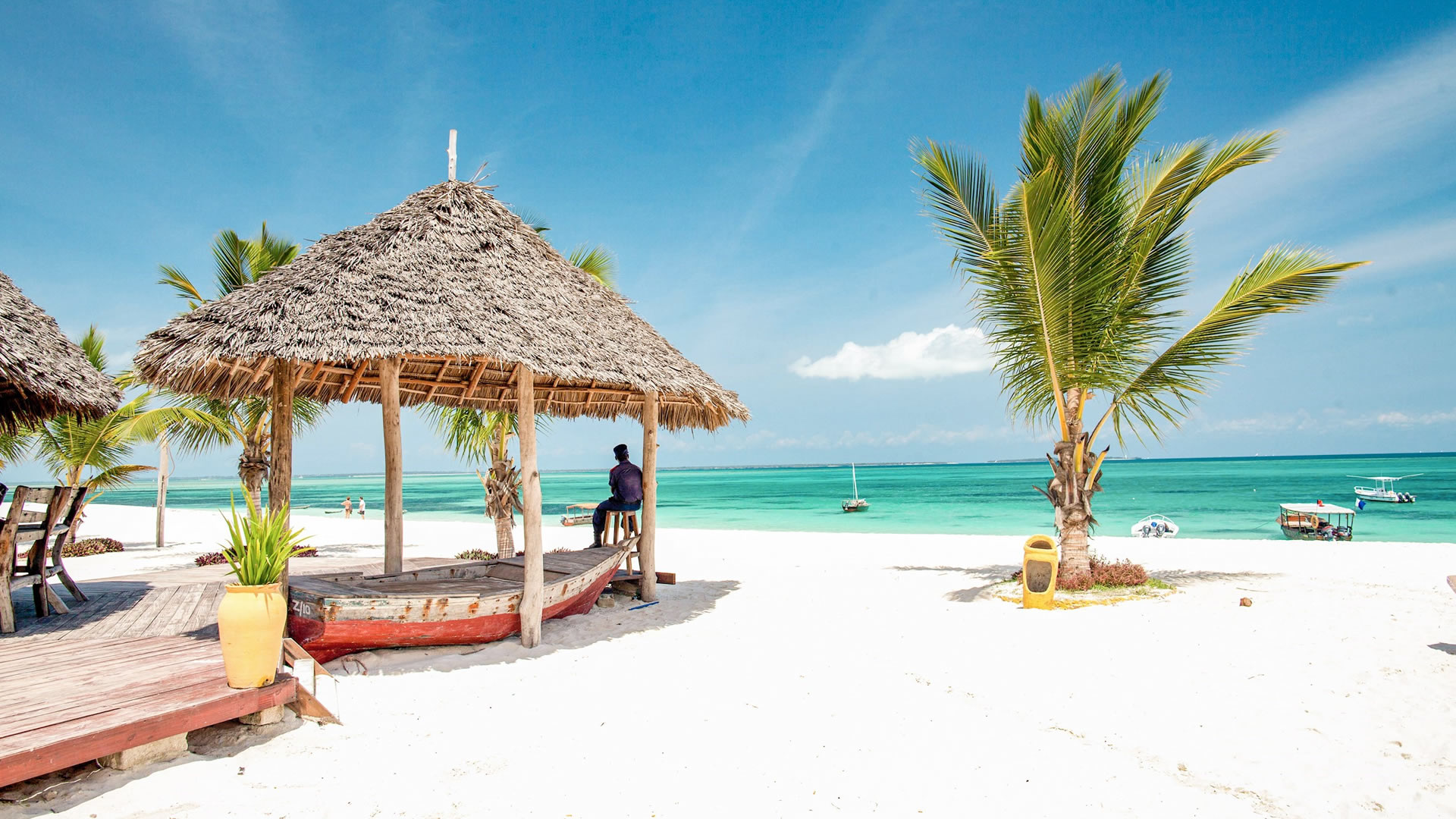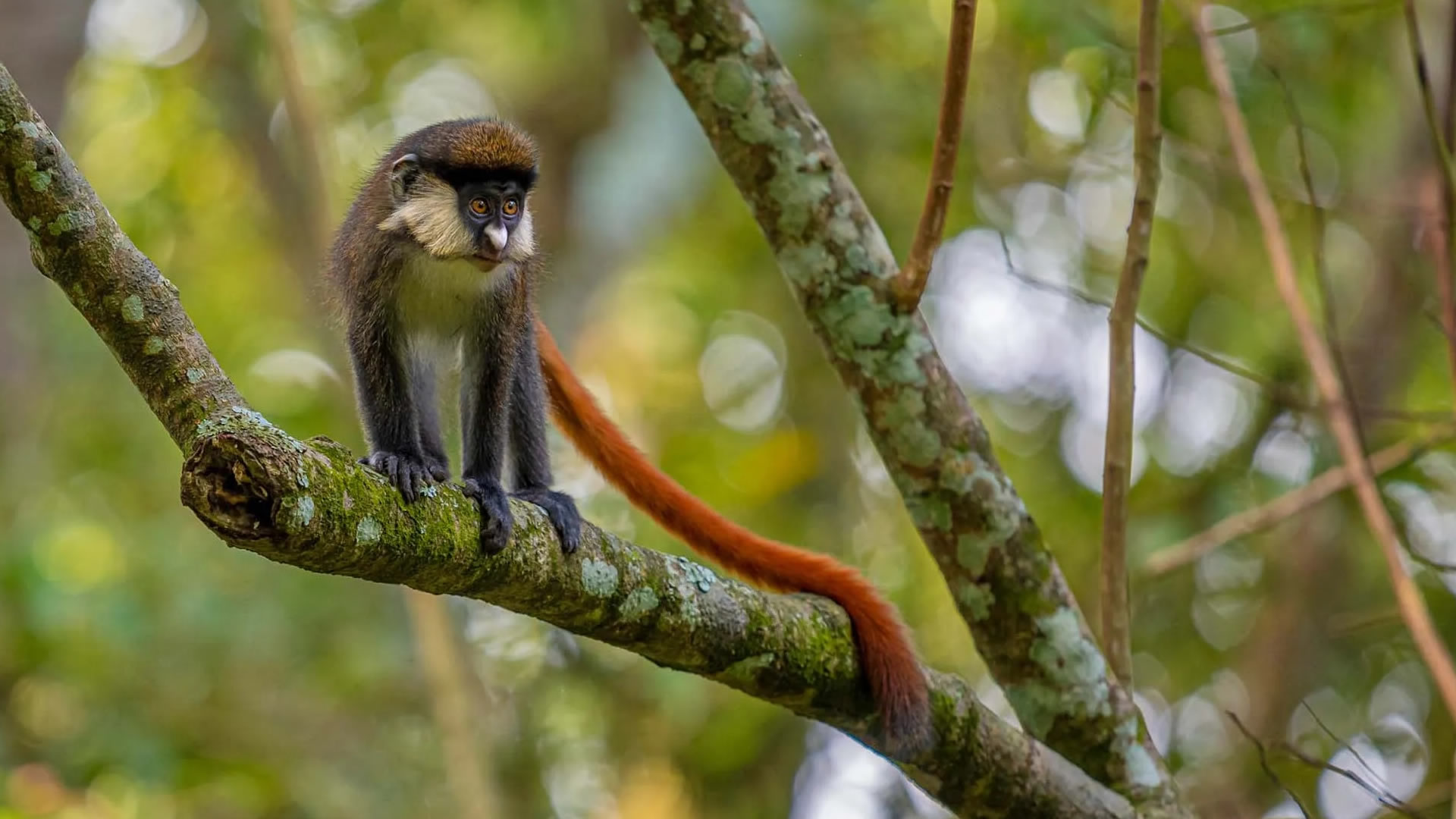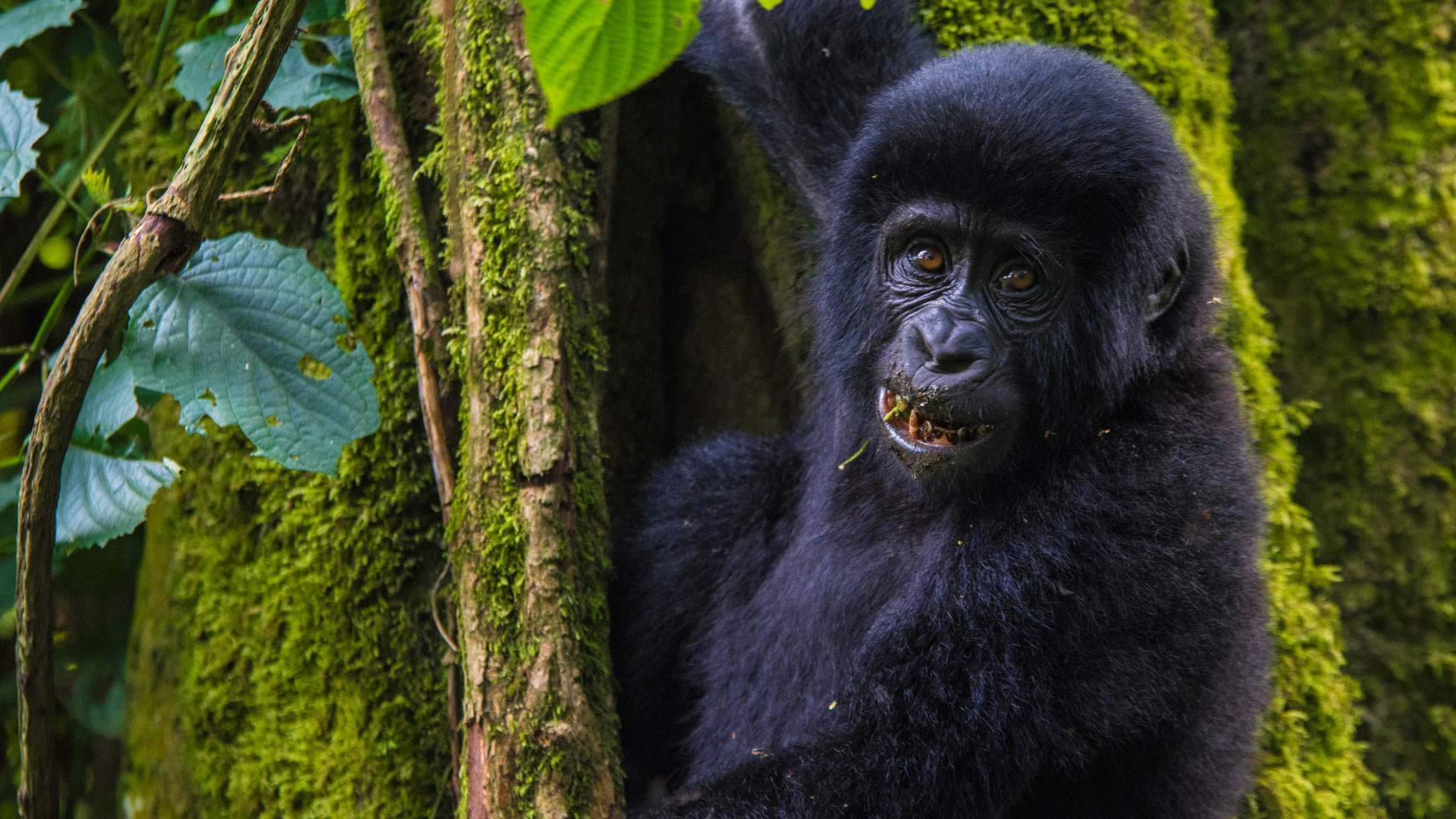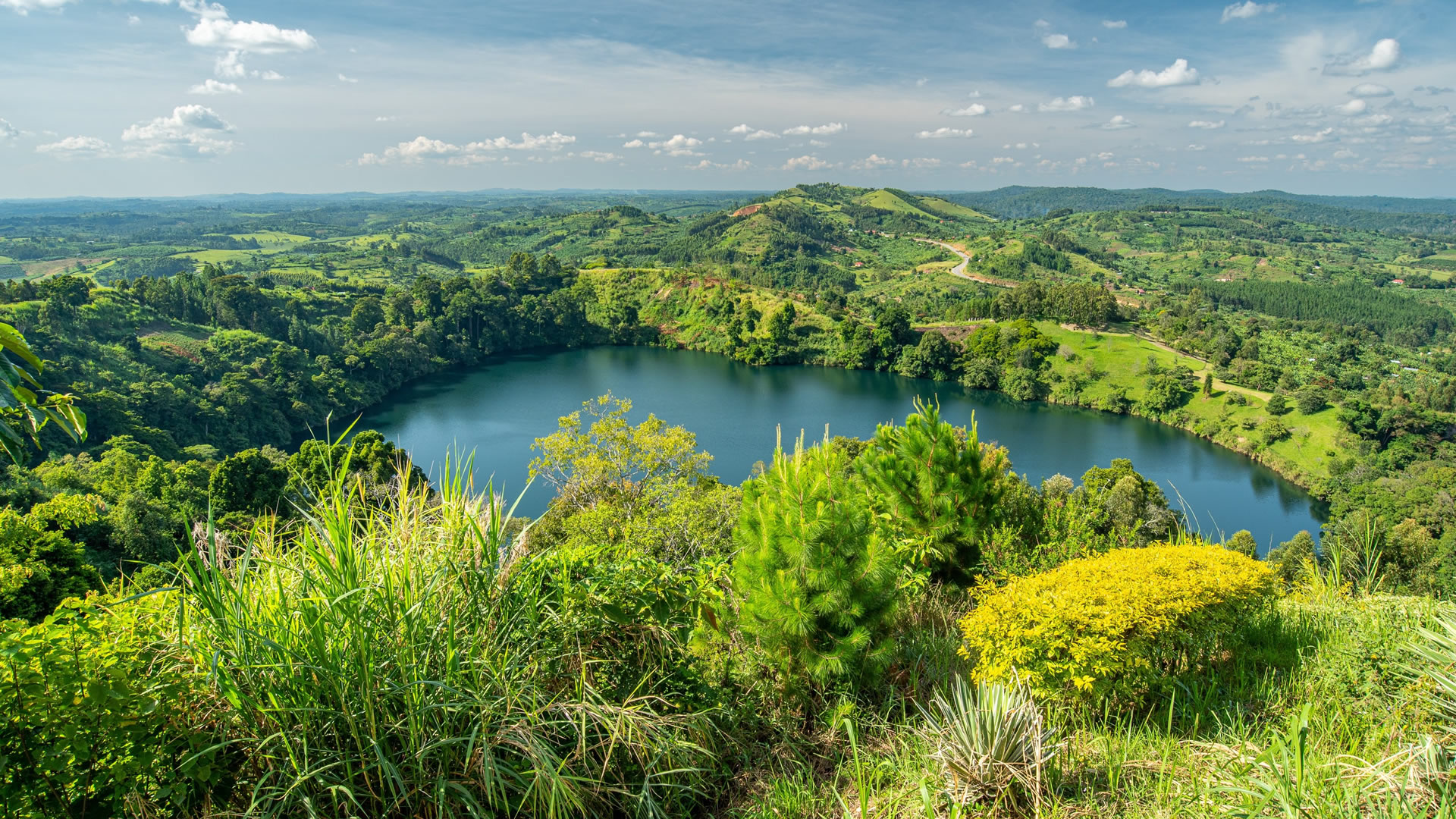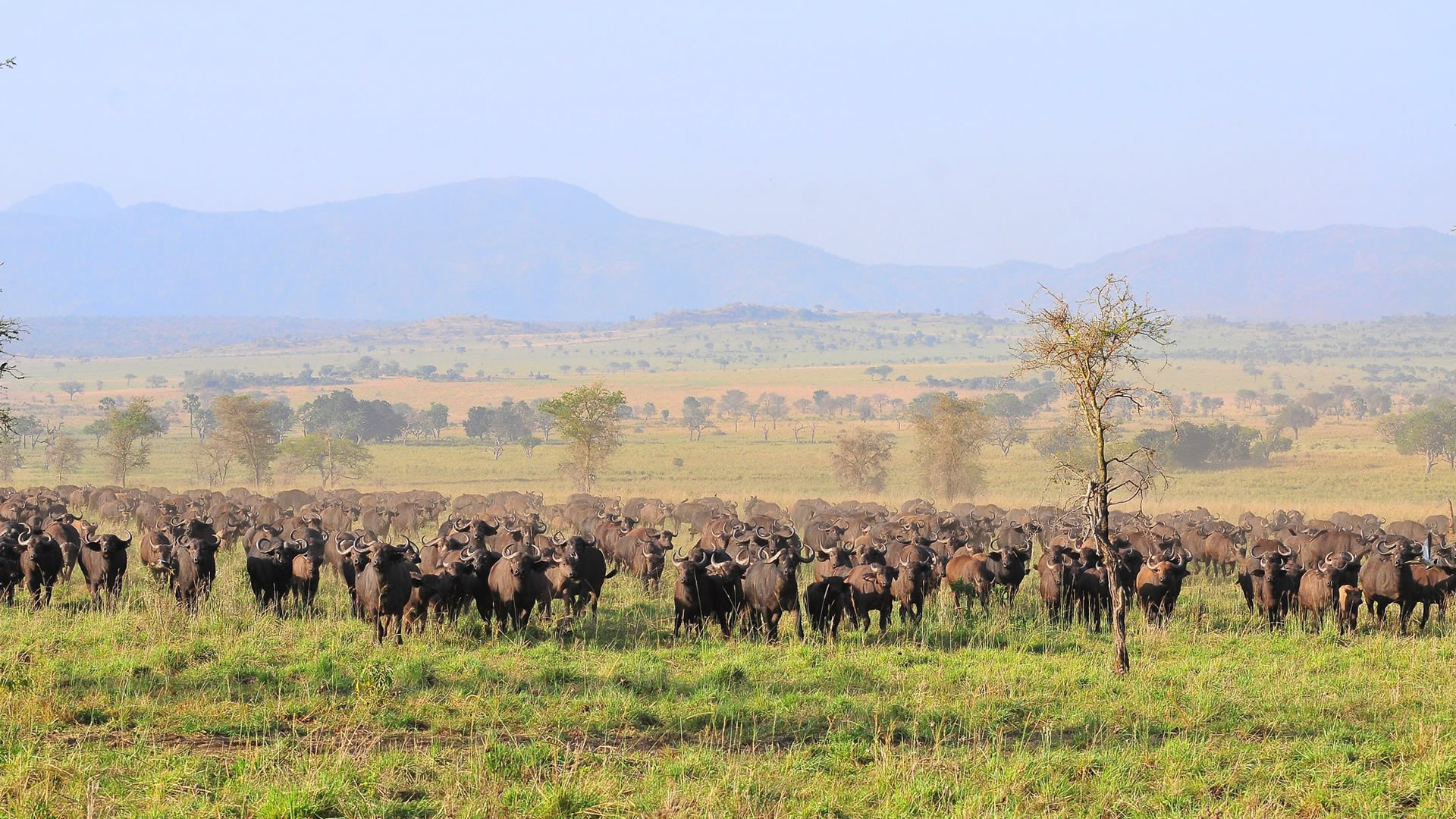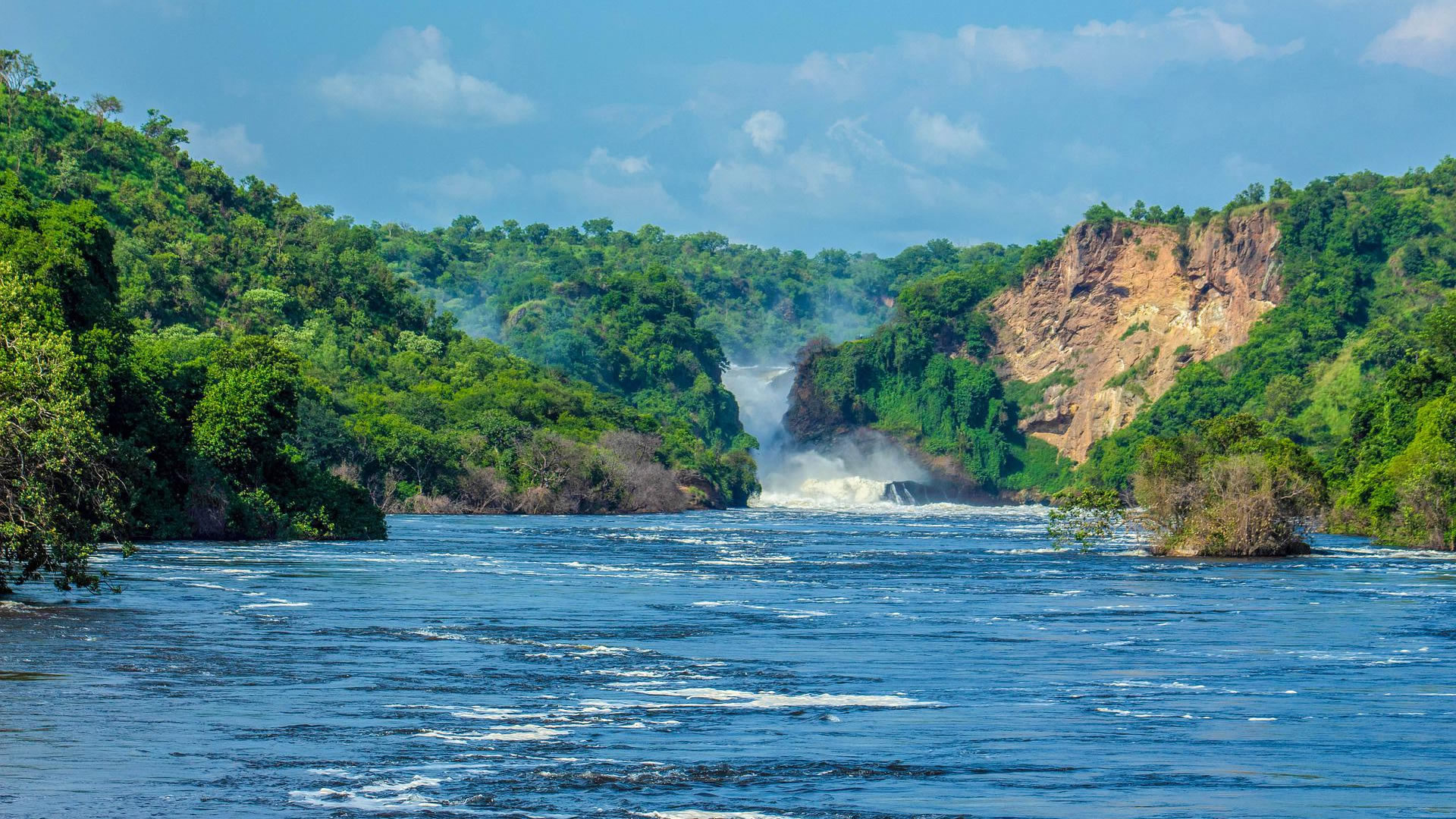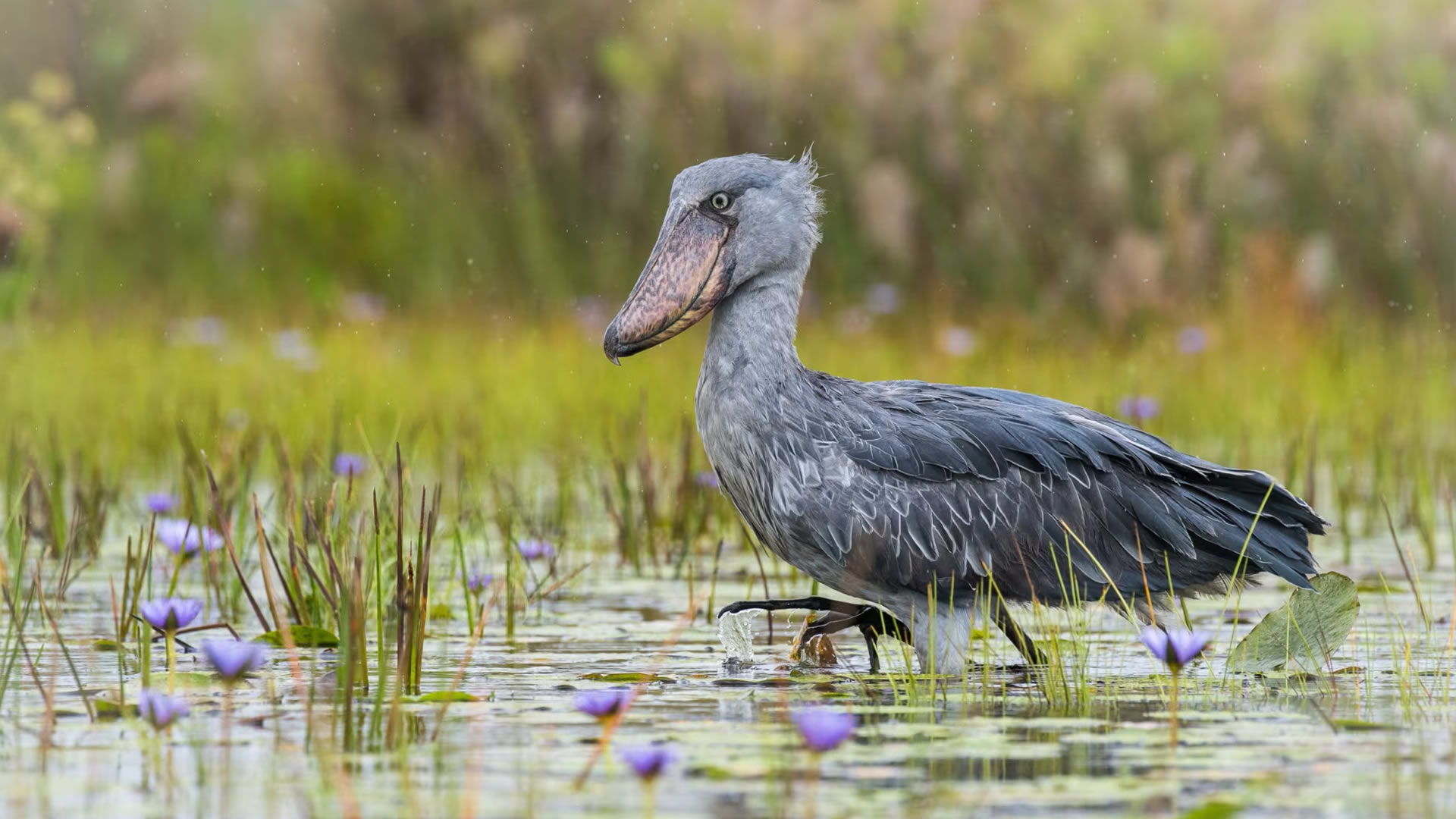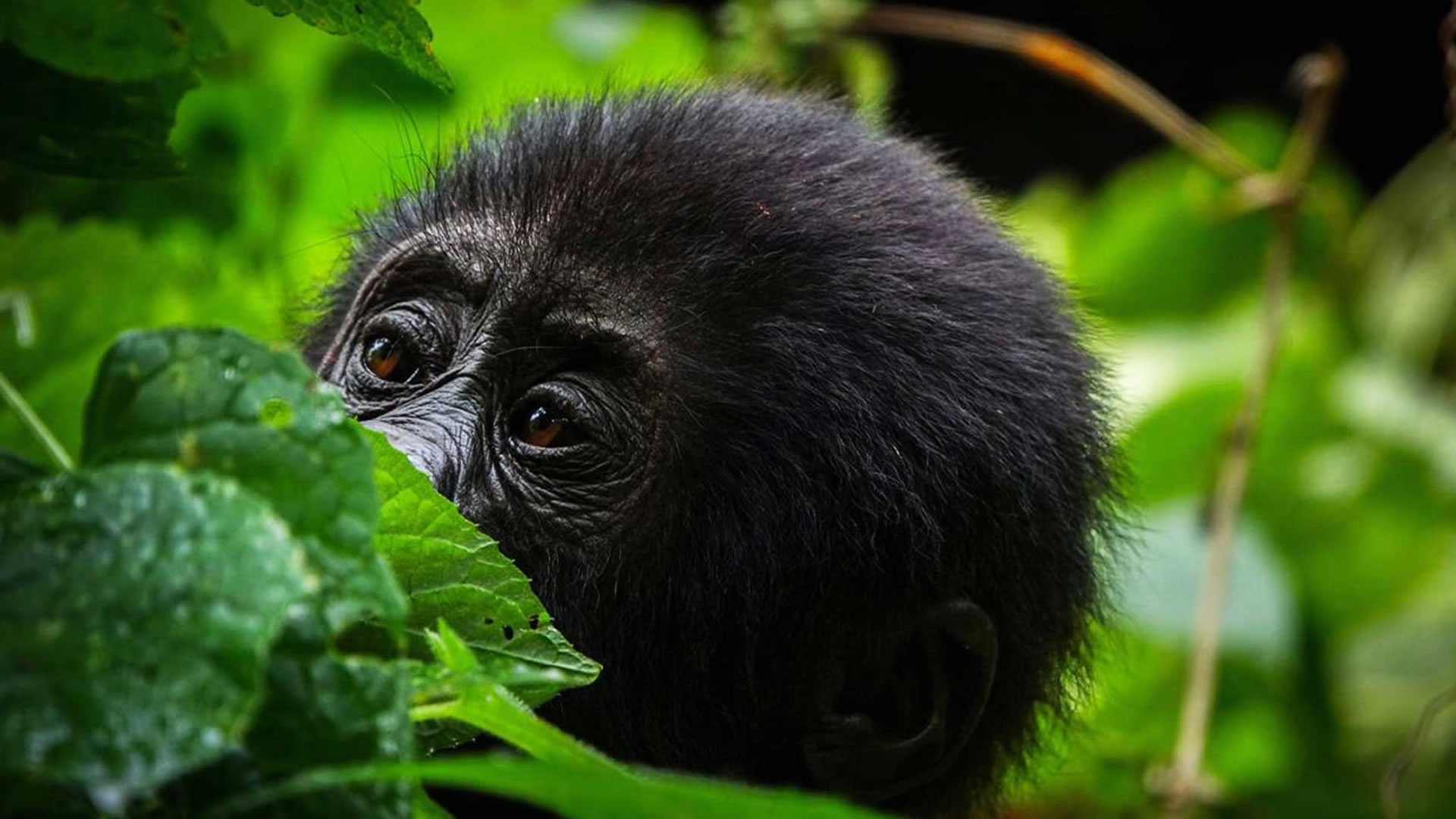
Mgahinga Gorilla National Park
“where gold meets silver"
Mgahinga Gorilla National Park is the smallest park in Uganda. It is located on the southwestern side and covers an area of 33.9 sq km (13.1 sq mi). It is one of the few parks in the world that is a haven for mountain gorillas. Additionally, the park is home to golden monkeys, a unique type of primate that is also found in Volcanoes National Park in Rwanda. The park is also home to about 39 mammal species and 115 bird species.
Mgahinga Gorilla National Park protects the northeast slopes of the Virungas, a majestic range of freestanding volcanoes that are shared with Rwanda and the Democratic Republic of Congo (DRC). Other activities in this small but spectacular park include golden monkey trekking and steep hikes to three volcanic peaks.
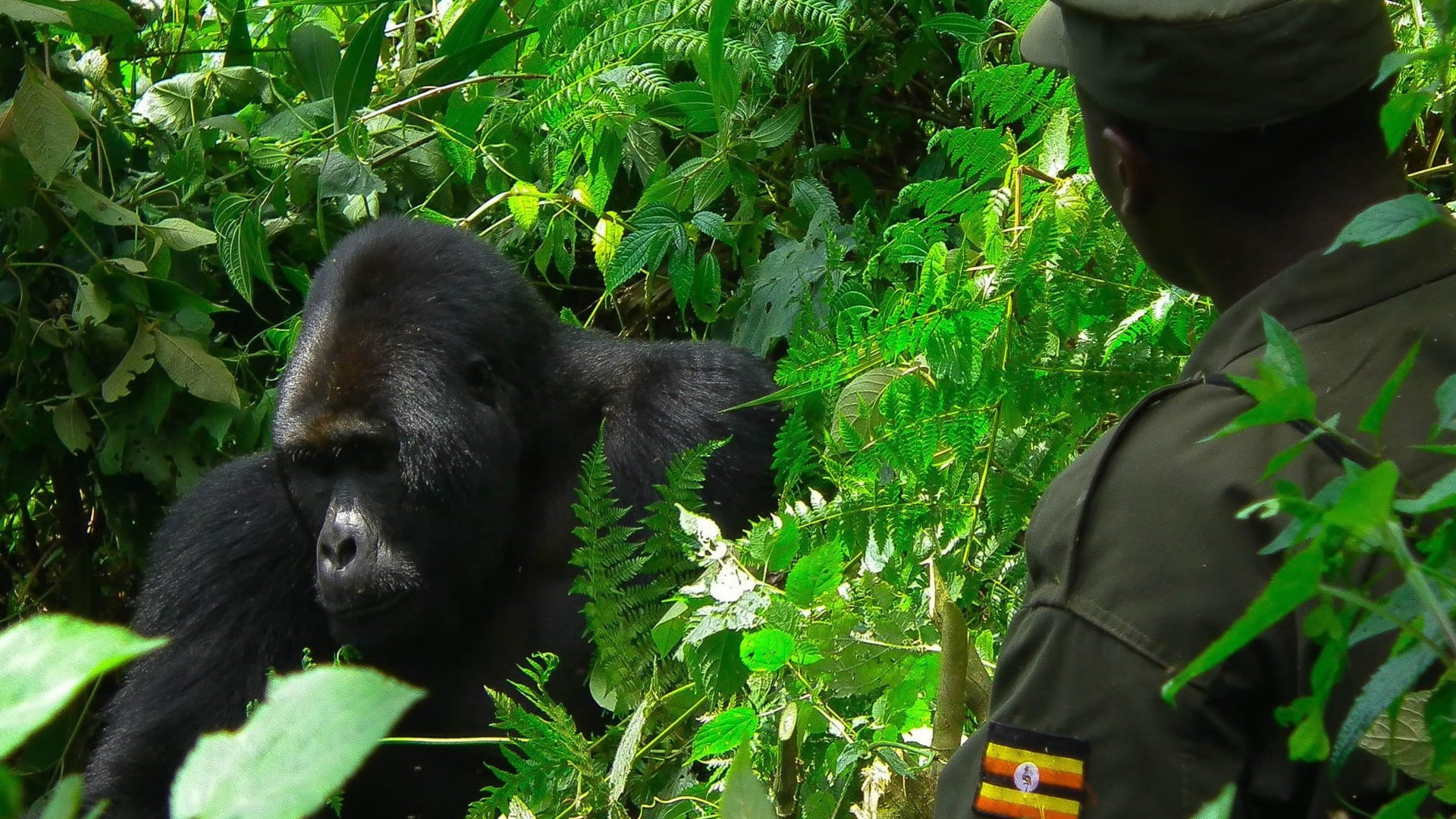
The Mgahinga Gorilla National Park Highlight:
Gorilla Trekking - Mgahinga Gorilla National Park has a total population of 80 mountain gorillas, but only one gorilla group is habituated and open to tourists – the Nyakagyezi family.
Experience the Mgahinga Gorilla National Park
The scenery in and around the park is stunning with three extinct volcanoes Mount Sabinyo, Mount Muhavura and Mount Gahinga all having their slopes in the park. The forests provide shelter and sufficient food for the mountain gorillas and other park animals. Although the park is located in Uganda, it is much easier to access it from Rwanda in a journey that takes about three hours from Kigali through the border Kyanika. The park can also be reached by air and road from Kampala. The road journey from Kampala takes about 8 hours while using a chartered plane from Entebbe takes only one hour.
Best time to visit: Mgahinga Gorilla National Park
Mountain Climbing
One of the great activities to take part in while in Mgahinga is climbing one of the extinct volcanoes found in the park. Climbing each of the mountains takes only a day and hiking permits can be bought at the park offices on short notice.
Mount Muhabura or Muhavura: At 4,127 meters is the highest and most demanding climb that takes between eight to ten hours navigating through tough, cold and muddy terrain before reaching back to the starting point. The reward for hiking Mount Muhabura is the changing vegetation, swimming in a crater lake, stunning views of the Rwenzori Mountains, Bwindi impenetrable forest park and the wider Virunga ranges of mountains.
Mount Sabinyo: Locally means “Old man’s teeth”, is the second highest and most demanding at 3,634 meters. Hiking Mount Sabinyo and descending from the summit takes 8 hours. A point that marks the border between Uganda, Rwanda and DR Cong is located at the summit. One can therefore put their foot in three countries in minutes.
Mount Gahinga: The hike up and descending down Mount Gahinga takes about 7 hours through bamboo forests and is the least demanding. Visitors will be treated to beautiful scenery while ascending up and spot the great swamps found at the summit.
Wildlife Experience
Mgahinga Gorilla National Park has a total population of 80 mountain gorillas, but only one gorilla group is habituated and open to tourists – the Nyakagyezi family. The group used to move to Rwanda and Congo but have now settled in Uganda for more than three years. Gorilla safaris to Mgahinga are great because the park attracts fewer crowds. Having one habituated gorilla group means only 8 gorilla permits can be sold in a day. Visitors are advised to book their permits weeks in advance from the Uganda Wildlfe Authority offices in Kampala or the Park Headquarters in Ntebeko. A Uganda gorilla permit costs $600 compared to $1,500 in Rwanda.
Mgahinga is not just about gorilla tours, the park has a large population of the endangered golden monkeys, Colobus monkeys, other primates, leopard, porcupines, buffalo, tortoise, bushbuck, golden cats, bush hogs.
Birdlife
Mahinga Gorilla Park is one of the top birding spots in Uganda. Birding in Mgahinga Gorilla National Park gives you an opportunity to spot about 100 bird species in the montone forests, bamboo forests, swamps and gorges found in the volcanoes Sabinyo and Gahinga. A local bird guide will take you out to look out for species like the Archer’s Robin-Chat, Banded Prinia, Barred Long-tailed Cuckoo, Black kite, Blue-headed Coucal, Blue-headed Sunbird, Bronze, Cape Robin-chat, Chestnut-throated Apalis, Collared Apalis, Doherty’s Bush-shrike, Double-collared sunbird, Dusky Crimsonwing, Dusky Long-tailed Cuckoo, Dusky Turtle Dove, Equatorial Akalat, Fire finch, Grauer’s Warbler, Grey capped warbler, Handsome Francolin, Kivu Ground Thrush, Lagden’s Bush Shrike, Mackinnon’s Fiscal, Montane Oriole, Mountain Masked Apalis, Olive pigeon, Olive Thrush, Olive woodpecker, Paradise Flycatcher, Pin-tailed whydah, Red-throated Alethe, Regal Sunbird, Rwenzori Batis, Rwenzori night jar, Rwenzori Turaco, Shelley’s Crimsonwing, Speckled Mouse Bird, Strange Weaver, Strip-breasted Tit, Waxbills, White necked raven, White-eyed Slaty Flycatcher, White-starred Robin, Yellow-eyed Black Flycatcher and Yellow-vented bulbul among other.
Best time to visit
Mgahinga Gorilla National Park is open for gorilla trekking the whole year, but the best times are during the drier seasons from June to August and December to January. At these times the trails tend to be easier to navigate and spending a precious hour with the gorillas might be more pleasant when it isn’t raining.
Getting There?
By Air: You can catch a scheduled flight from Entebbe International Airport or Kijjansi Airfield from Kampala to Kihihi or Kisoro airstrips. Upon landing, connect to Ntebeko, the park headquarters, by road. Only morning flights operate at the park due to prevailing weather conditions. The flights depart at 7:00 a.m. and arrive at Kisoro Airstrip at 8:10 a.m. The return flight from the park leaves at 8:25 a.m. and arrives in Entebbe at 11:25 a.m., depending on the stops. The flight time is approximately 1 hour and 30 minutes.
By Road: You can access Mgahinga Gorilla National Park from Kampala, which is the starting point of many safaris to the parks. The drive takes about 9 to 10 hours using a 4WD safari vehicle via Masaka-Mbarara-Kable and Kisoro. The distance is approximately 482 km.
Another option is to fly to Kigali International Airport and connect to the park's headquarters by road through the Cyanika border in Kisoro, taking about 3 to 4 hours.


